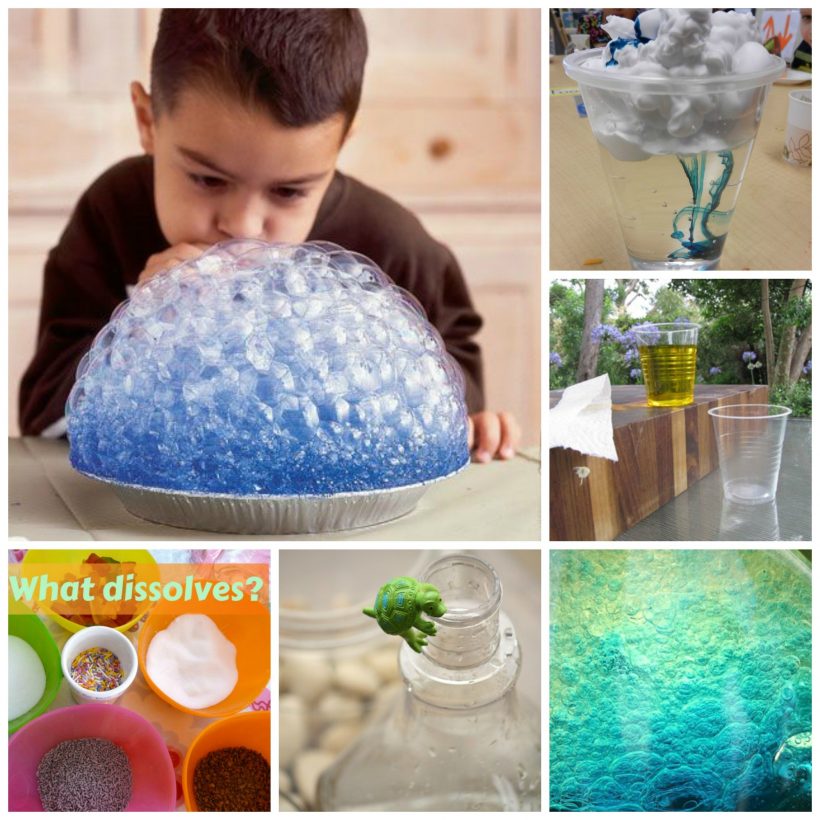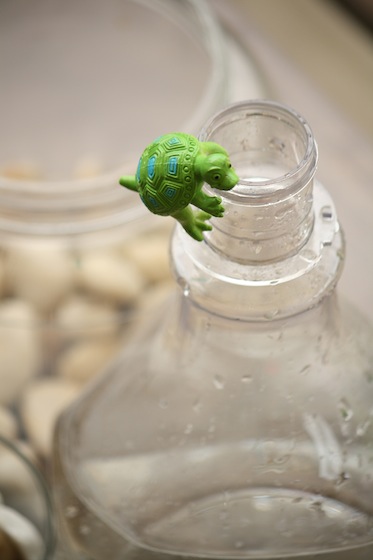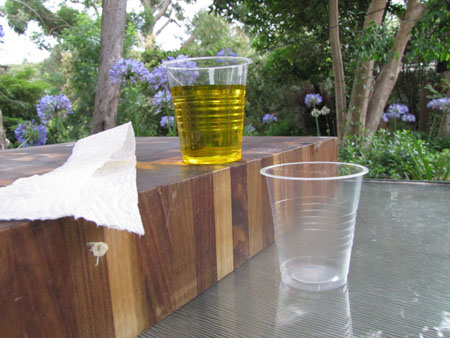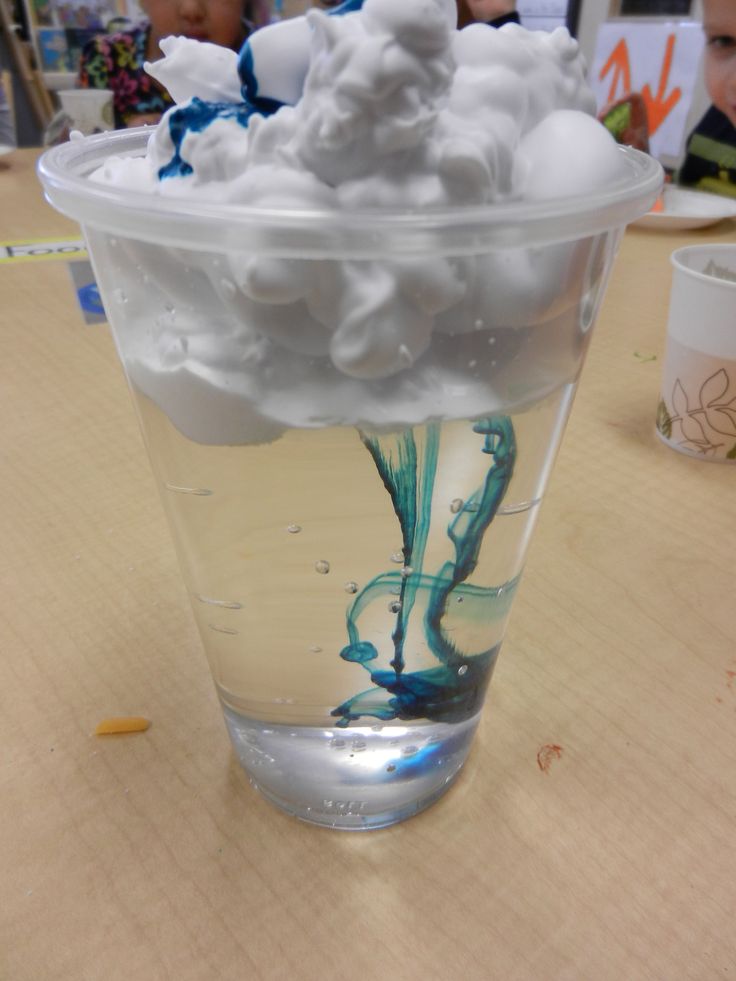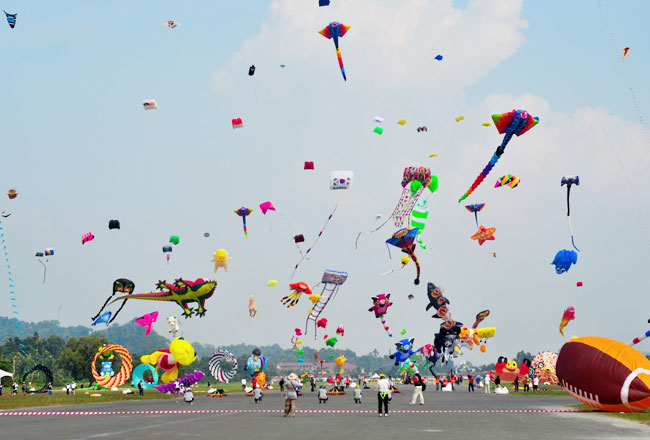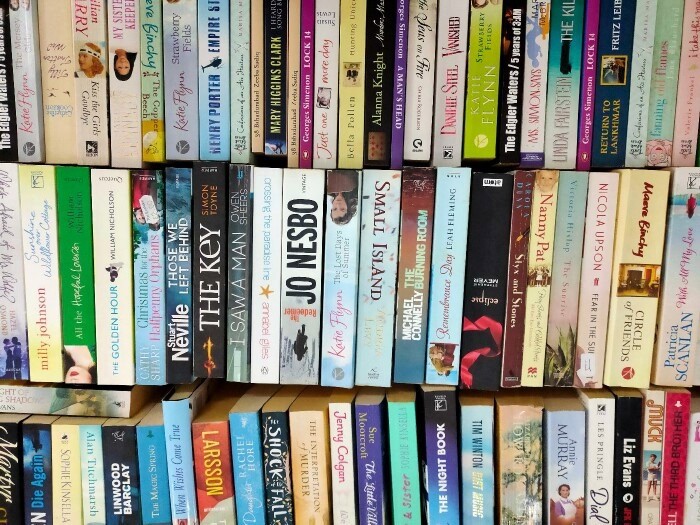Taking our weekly routine of sharing activities, experiments and crafts every Monday, here is yet another edition of KSP Crafty Editions ( See previous here ).
This week I have been searching for water experiments to teach the daughter as she learns about the same topic in school. Some interesting experiments with water that need minimal things that you need to go buy and that can be done at all levels. Only the messaging will change.
1. Water Displacement Activity: Â This experiments is easy and requires things you will have at home. Try this experiment to teach your child about water displacement. You will need a clear plastic container, stones and rocks, plastic toy and a permanent marker. Add the story of the Thirsty Crow to complete the learning. Read more here.
2. Salt Water vs Fresh Water: . You will need water (2 glasses), salt, food coloring and ice. Put some ice cubes into one of the glasses. Add a few drops of food coloring into the ice water; watch it disperse throughout the water. Add several tablespoons of salt to the other glass of water and stir it up to dissolve. Add some ice cubes to the salt water glass. Add food coloring to the salt water. Watch this video for more.
https://www.youtube.com/watch?v=sOURK0wFZMM
3. Walking Water: For this experiment, you will need paper towel, a couple of glasses and some water (preferable coloured).  After this one, your kids will definitely tell people they can make water walk. The experiment is easy and cool for young kids. Read more here.
4. Creating Clouds: This a a really great way to show your kids how clouds are formed and how it rains. You will need a cup, some water, food coloring and shaving cream  Fill the cup with water and put shaving cream on top for a cloud. Explain to your kids when the clouds get really heavy with water, it rains. Put  food coloring on top of the cloud and amaze the kids with rain.
5.  Ocean in a bottle: Wouldn’t it be great for your kids to have their own ocean at home. This one will definitely make one for them. To do this experiment you will need water, cooking oil, blue food colouring, large bottle and a funnel.
Read more here.
6.  Soap Bubbles: You learnt  how to make bubbles outdoors. This experiment will make you create bubbles indoor. You will need Store-bought or homemade bubble solution, light-colored construction paper, plastic drinking straws
, newspaper or plastic tablecloth and several shallow disposable containers, such as aluminum pie tins. This experiment doesn’t only make bubbles but creates printed bubbles. Read more here.
7. Â What Dissolves In Water: By using things in the kitchen, teach your little one what dissolves in water. You can use oats, sprinkles or even different types of . You will also need 4-5 glasses of water. Read more here.
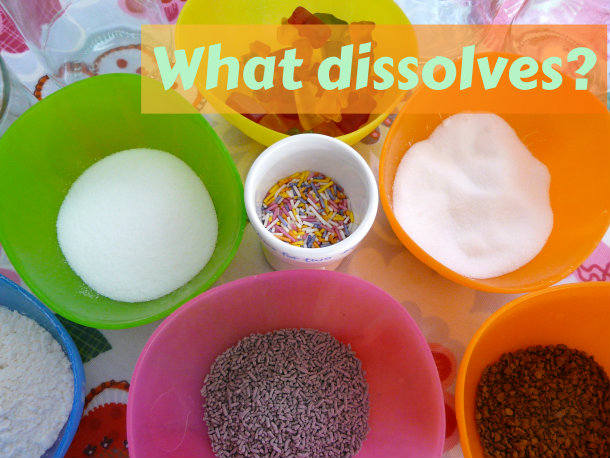
8. Swimming Spaghetti: If your kids love spaghetti, get them to try this one. You will need uncooked spaghetti, 1 cup of water, 2 teaspoons of baking soda, 5 teaspoons of vinegar and tall clear glass. The bubbles formed by mixing vinegar and water make the spaghetti move. What you need to do is put water and baking soda in the glass. Stir until the baking soda is dissolved. Break spaghetti into small pieces. Put them  in the glass. watch them sink to the bottom. Add vinegar to the mixture in the glass. Observe what happens to the pieces of spaghetti. Read more here.
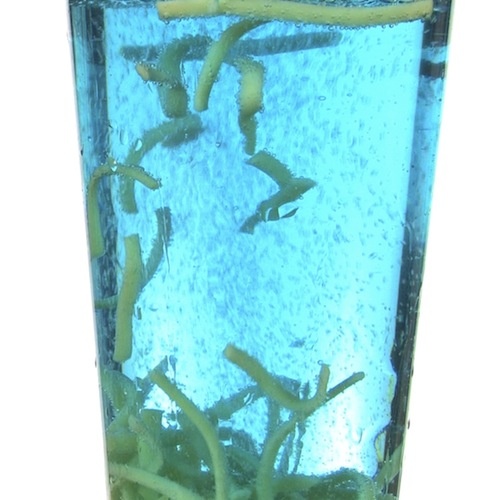
9.  Mixing Oil And Water: This a common experiment to teach kids about the mixture of the two liquids. For this one you will need Small soft drink bottle, Water, Food colouring, 2 tablespoons of cooking oil and dish washing liquid or detergent. You can even use the mixture after the experiment to clean those greasy dishes. Read more here.
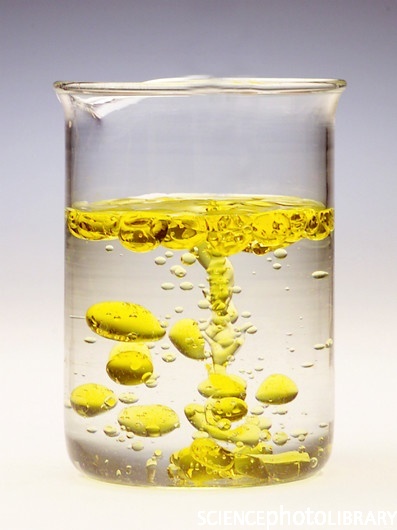
10. Gravity Water: You will need a glass filled right to the top with water and a piece of cardboard. Follow these steps Put the cardboard over the mouth of the glass, make sure that no air bubbles enter the glass as you hold onto the cardboard. Turn the glass upside down (over a sink).Take away your hand holding the cardboard. Explain to your kids how the extra pressure is holding the water and cardboard together. Read more here.
11. Tornado: You will need Water, Clear plastic bottle, glitter and dish washing liquid. Folow these steps and make atornado. Fill the plastic bottle with water until it reaches around three quarters full and add a few drops of dish washing liquid. Sprinkle in a few pinches of glitter and tighten the bottle cap. Turn the bottle upside down and hold it by the neck. Quickly spin the bottle in a circular motion for a few seconds, stop and look inside to see if you can see a mini tornado forming in the water. You might need to try it a few times before you get it working properly.
Watch this video for more.
https://www.youtube.com/watch?v=IF2ZByWaUMI
